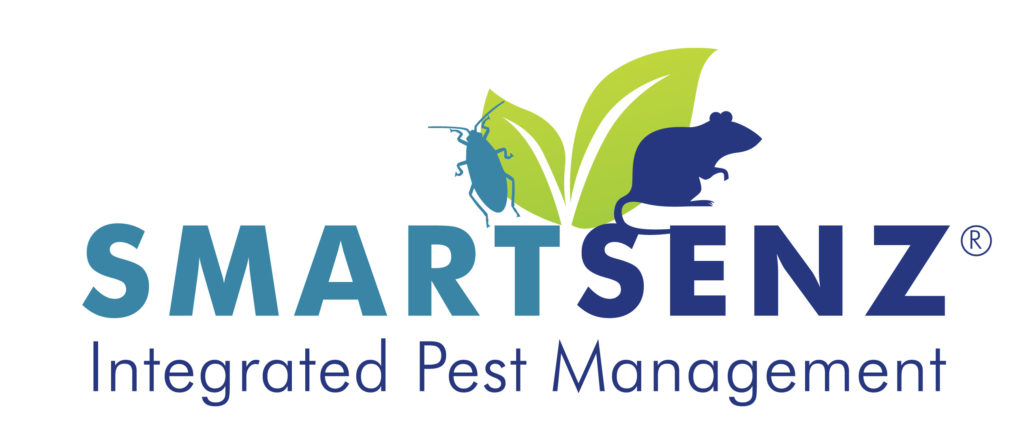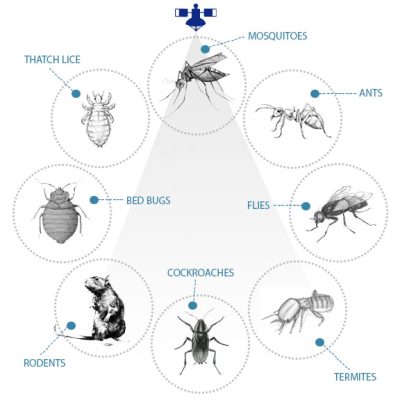Assisting you . . .
with any type of pests in which ever way we can
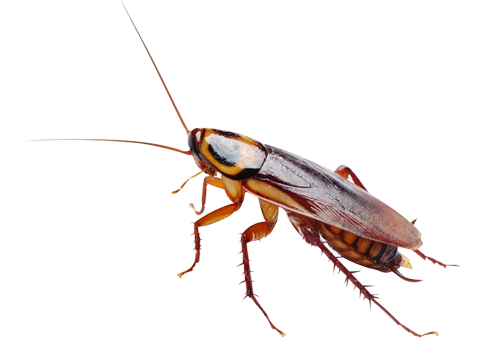
Our SMARTSENZ® IPM team will assist you with any type of pest!
Rats & Mice
The word “rodent” comes from the Latin word “rodere”, which means “to gnaw”.
Rodents are the most diverse mammalian group, making up approximately 40% of all mammal species. They are found in vast numbers on all continents except Antarctica and live in a variety of habitats (i.e. forests to deserts), but are most common in human-made environments (i.e. houses, food storage rooms, stables and gardens).
Sharing our environment with rodents impacts humans in a number of ways; i.e. rodents simply being an inconvenience, causing material damage and spreading deadly diseases (i.e. rat-bite fever, the plague or typhus).
A successful rodent management program relies on the identification and elimination of entry points into vulnerable structures (i.e. food preparation areas, storerooms, generator rooms), minimizing access to food, water and shelter i.e. water leaks, well-structured food storage and cleaning practices, correct garbage management and the strategic placement of tamper-proof rodent bait stations.
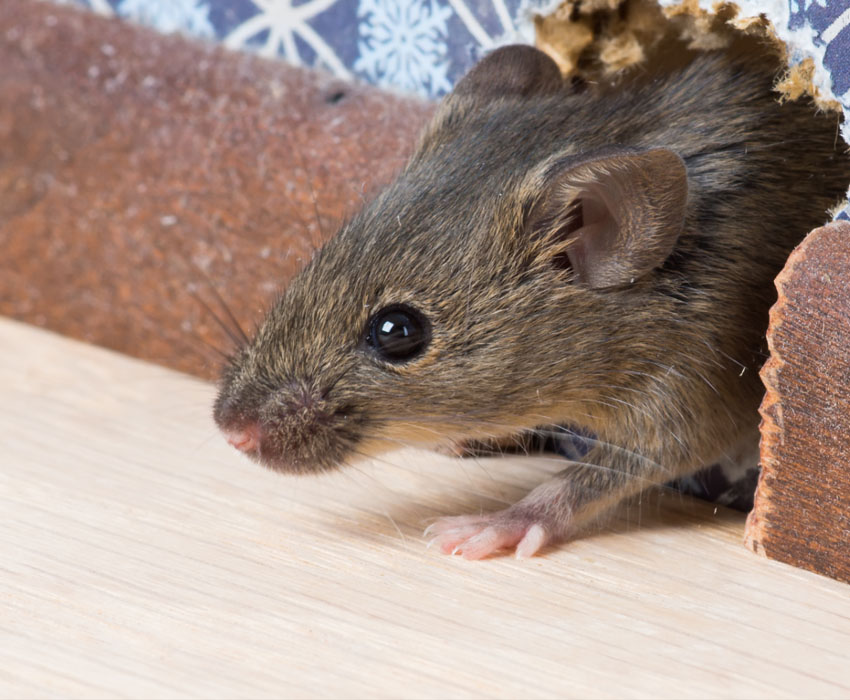
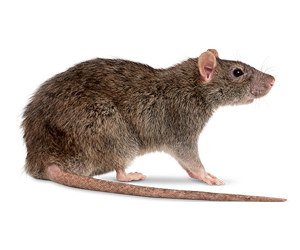

Cockroaches
There are 4,600 different cockroach species worldwide, but only 30 of these species are associated with human habitats and considered ‘pests’. South Africa has 3 main cockroach pest species:
- The German Cockroach
- The American Cockroach
- The Oriental Cockroach
In the natural environment cockroaches can play a major role in the life cycle of plants (by transporting pollen) and the life cycle of soil nutrients (by eating most things left on the ground, breaking it down through their digestive systems and releasing it back into the soil).
Cockroaches do not play a major role in disease transmission; however, they can transport filth and bacteria, contaminating our food and causing food poisoning.
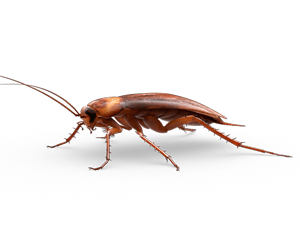
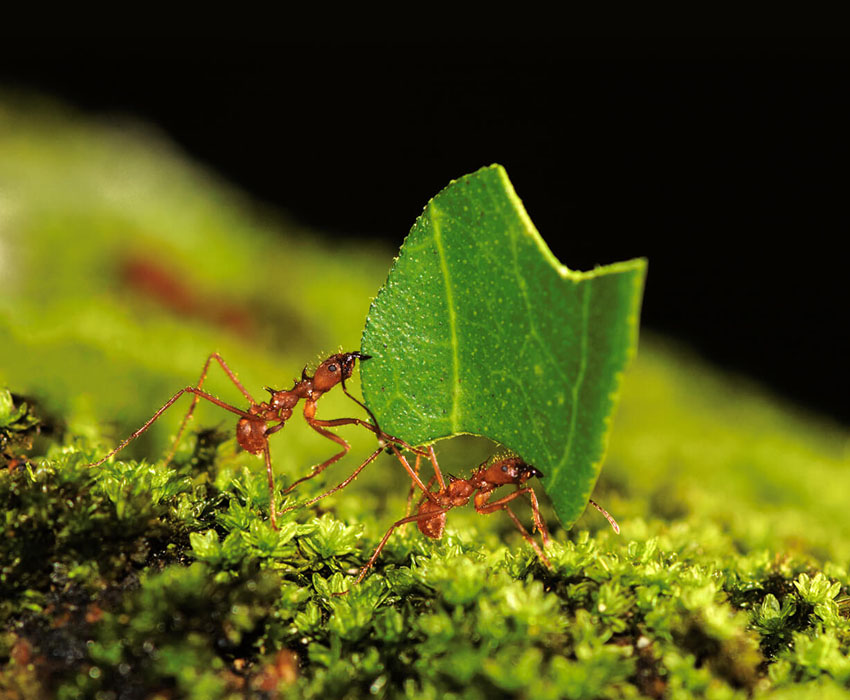
Ants
Ants are close relatives of bees and wasps, but they have some very unique capabilities. They are amongst the most successful organisms on earth, influencing many ecosystems that they inhabit. They have colonized nearly every habitat on land, from urban spaces to the canopy (roof) of rain forests. The only places lacking indigenous ants are Antarctica and a few remote or inhospitable islands.
Ants play an important role in the eco-system by aerating the soil and recycling dead animal and plant material. However, ants can also become pests when they invade buildings or when they protect plant-feeding insects (i.e. aphids) from their predators (i.e. ladybugs).
It is not always desirable, nor practical to eliminate ants in an outside environment. Effective management efforts should rather aim to keep ants out of structures and to prevent them from defending plant feeding insects.
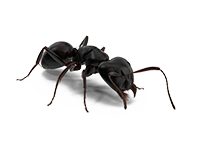
Flies
Flies are classified in the Order called Diptera, which means “two-winged” in Greek. Today, about 125 000 fly species have been scientifically described. They are abundant across the globe and are often associated with human activity.
Flies thrive in warmer climates and any area suitable for breeding. Flies will breed in garbage and garbage-handling facilities, decaying lawn clippings, fruits, vegetables, vegetation from nearby gardens or farms, improperly handled manure from a nearby livestock operation and any decaying animal matter.
Flies can have a positive influence: fly maggots feed on other pests such as aphids, caterpillars and beetle grubs. They also visit flowers and therefore are helpful in pollination of flowering plants. Some fly pest species, however, are vectors of diseases because they like to fly between waste areas and food for human consumption. Diseases are transmitted from this filthy matter to food by the fly’s vomit drops, in their excrements or through other small organisms that are stuck to the fly’s feet.
A correct garbage and cleaning management program is crucial for effective fly management.
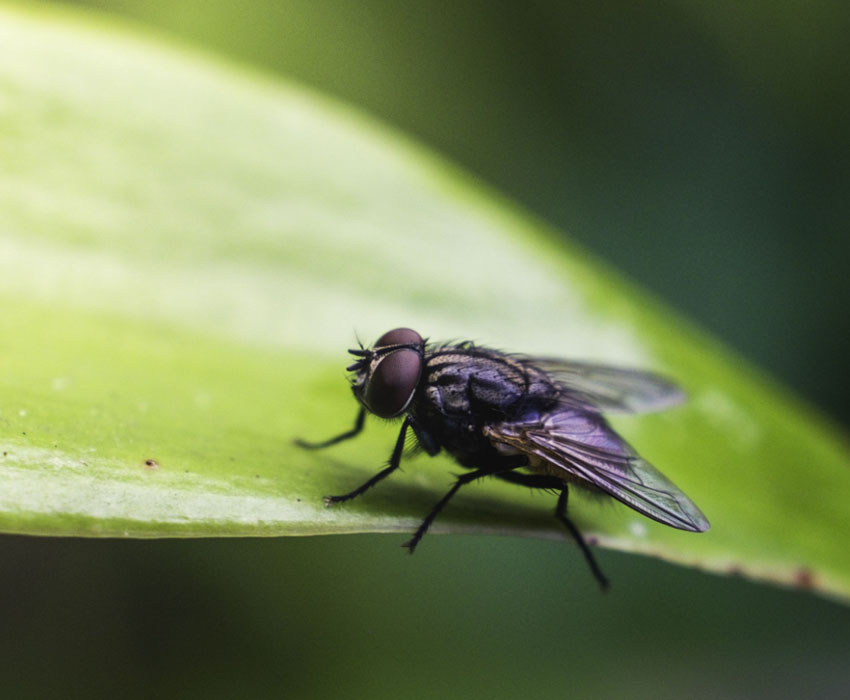
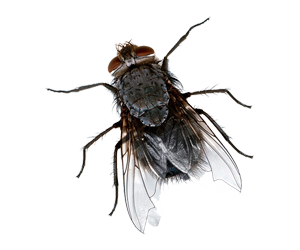
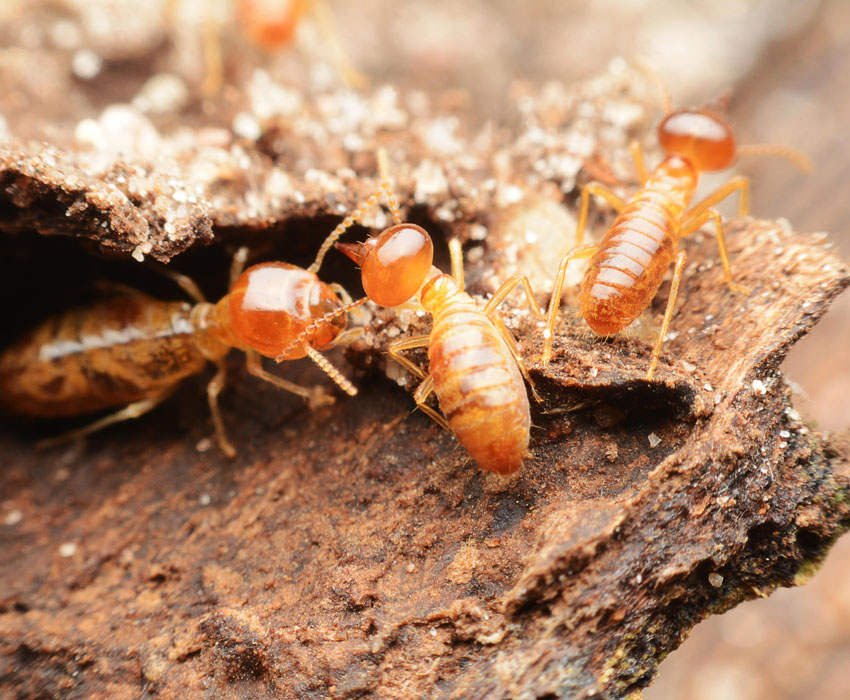
Termites
Termites are soil or wood inhabiting insects that generally have soft, white bodies (otherwise known as white ants). Most termite species feed on dead plant material that is digested with the help of special bacteria found in their guts. Although many people think termites resemble ants, they are more closely related to cockroaches!
There is a vast array of termite species, approximately 2 750 species are described globally. However, only a handful are regarded as pests.
Globally, termites play an important role in reducing dead plant material, but they can also cause devastating damage to human-built structures. Due to their destructive behaviour, termites are considered to be one of the costliest pests to homeowners. The most common types of termites usually encountered in homes are dry wood termites and subterranean termites.
Conventional termite management largely depends on the use of specialized equipment that can inject chemicals into the soil. A typical treatment may involve hundreds of liters of chemical injected into the ground along a building foundation, within foundation walls and beneath concrete slabs. Intense chemical treatments are not in line with our sustainable and eco-friendly pest management philosophy. We can assist our clients with superficial termite infestations that can be tackled with targeted, spot treatments and we offer proactive baiting and monitoring systems.
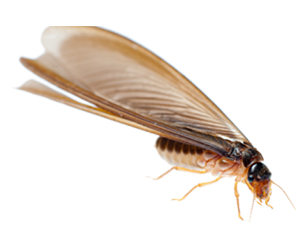
Mosquitoes
The word “mosquito” is Spanish for “little fly”.
Mosquitoes have a worldwide distribution. They occur throughout the tropical and temperate regions of the world and extend their range northwards into the Arctic Circle. The only areas where they do not currently exist are Antarctica and a few islands.
There are approximately 3 500 different mosquito species, however only a few of these species can transmit disease, i.e. are “vectors”.
Mosquitoes are the biggest killers of humans in the world as a result of the deadly diseases that they transmit. Examples of these include malaria, dengue fever, yellow fever, encephalitis, ZIKA and others.
Many scientists agree that mosquitoes present more of a hassle than they have value. Although they beneficially serve as food for many species and help to pollinate flowers, their risk of disease transmission renders them not very popular in the world.
A successful mosquito management program relies on several strategies, targeting the entire life cycle of the organism. In addition, long-lasting insecticide treated bed nets (LLIN’s) are a very effective way to reduce mosquito numbers and minimize the risk of disease transmissions.
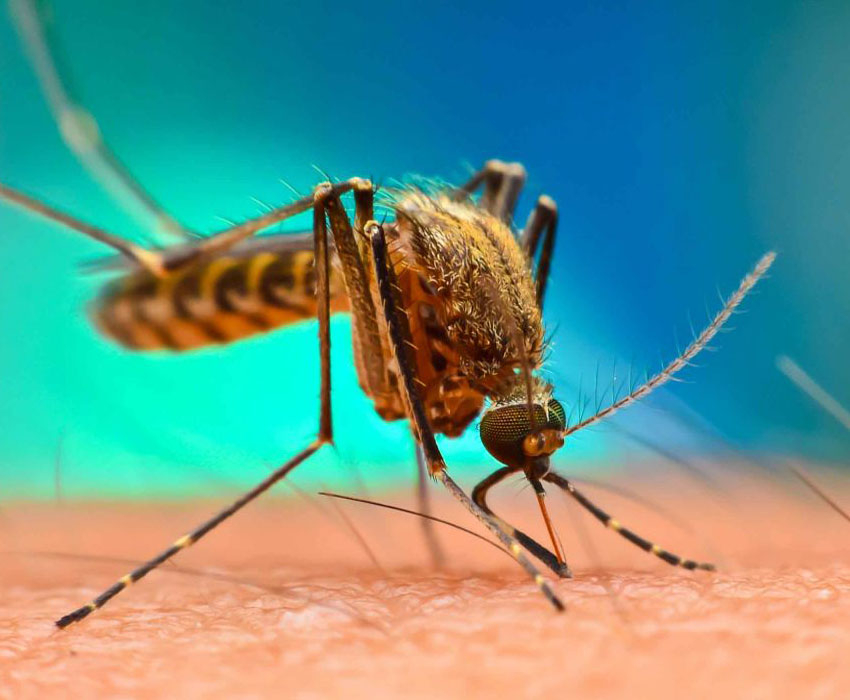
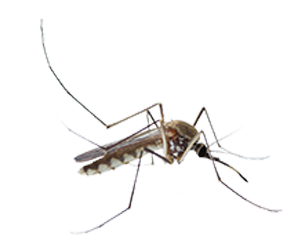
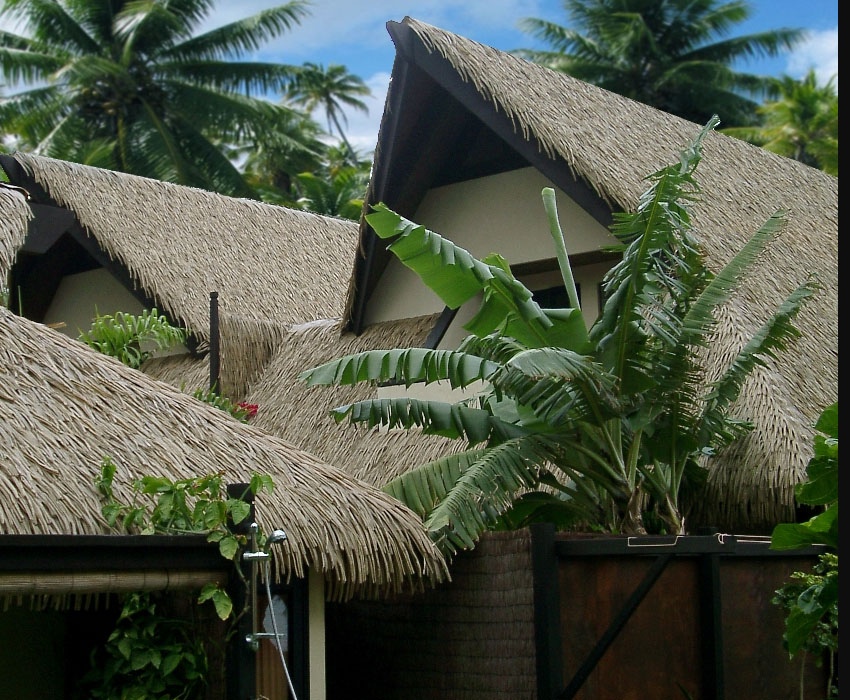
Thatch Insects
Thatch is a common roofing material for South African homes due to its excellent insulating properties; keeping the interior of the house cool in summer and warm in winter.
Although thatch roofs offer great insulation and great aesthetics, they also offer ideal breeding and hiding spots to pests, typically fleas, flies, moths, beetles and small mites. These pests can cause serious discomfort by falling out of the roof onto beds and floors. Some of these insects can also cause serious biting nuisance and unpleasant skin reactions. Mosquitoes especially like to rest on the inside of thatch roofs as they are attracted by the dark and cool conditions found there.
In addition, insect infested thatch roofs attract spiders, geckos and scorpions, which in turn may attract rodents, bats, birds and snakes. It is therefore highly recommended to maintain and protect a thatch roof structure adequately and perform pest management treatments regularly.
